Have you ever watched a giant dog try to spin in a tiny living room and knock over a lamp? Or seen a frustrated herding breed endlessly pace the hallway, eyes bright with pent-up energy? If you love dogs as much as I do, you know that where and how a dog lives can shape their happiness. Some pups simply aren’t cut out for apartment life, and plenty of vets have strong feelings about it. Let’s talk honestly about the eight dog breeds that often struggle in small spaces, and what that means for their well-being—and yours.
1. Siberian Husky: The Escape Artist with Endless Energy
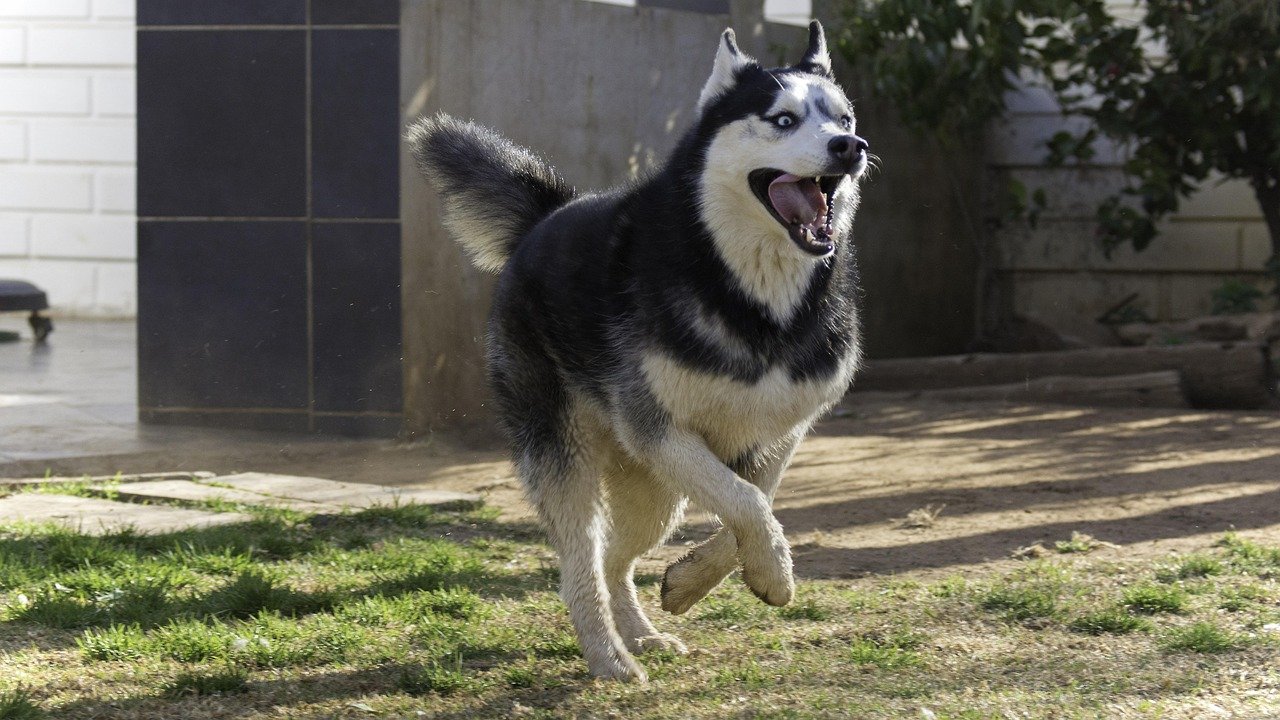
Huskies are born runners, bred to pull sleds over miles of Arctic ice. In an apartment, those instincts don’t just go away—they become frustration. You might notice the telltale signs: digging at carpets, howling at odd hours, or even sneaky attempts to dart out the door. Their boundless energy quickly turns destructive if they’re cooped up too long.
It’s not just about exercise, either. Huskies crave mental stimulation and space to roam. Without it, you’ll likely deal with chewed furniture or a sad, restless pup. Even the most loving apartment owner may struggle to meet a Husky’s needs unless they’re committed to several long walks and play sessions every day.
2. Border Collie: The Genius Who Needs a Job
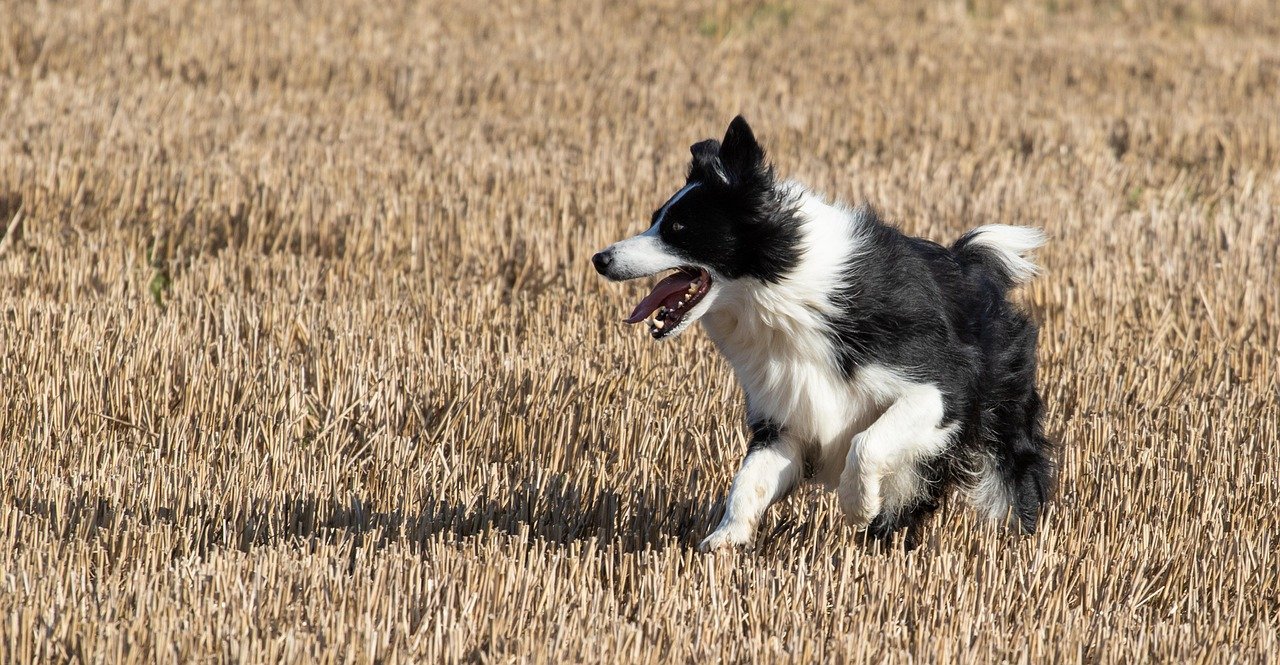
Border Collies are the Einsteins of the dog world, famous for their intelligence and intensity. In a small apartment, you might find your Collie inventing their own “jobs”—like herding your kids or chasing shadows—because their real instincts have nowhere to go. Vets often warn that these dogs can develop anxiety or obsessive behaviors in confined spaces.
Restlessness, barking, and even self-injury can crop up if they’re not busy enough. While some apartment dwellers make it work with agility classes and hours at the park, most find the Collie’s needs overwhelming. These dogs thrive when they have room to run and a sense of purpose every single day.
3. Dalmatian: High-Octane and Sensitive
Dalmatians aren’t just famous for their spots—they’re notorious for their stamina. Originally bred to run alongside carriages, these pups are happiest when they’re out and about. In apartments, their energy and sensitivity can lead to boredom, noisy barking, and even accidental nips from pent-up frustration.
Behavioral cues like pacing, whining, or destructive chewing are big red flags. Plus, Dalmatians tend to be vocal, which can spell trouble with neighbors. If you can’t give them hours of daily exercise, they may not be the best fit for high-rise living.
4. Alaskan Malamute: The Gentle Giant with Big Needs
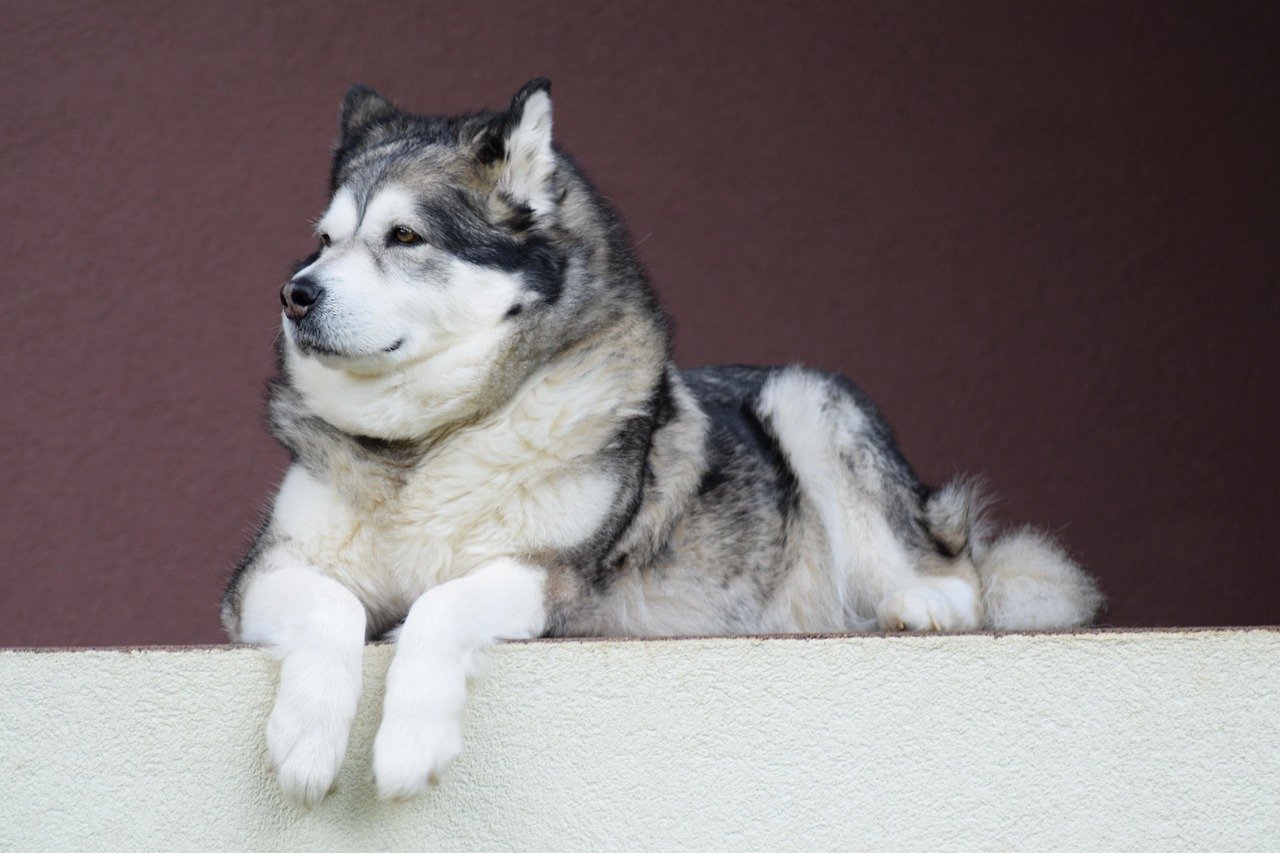
Malamutes are majestic, fluffy, and full of personality, but they’re also massive and strong-willed. In an apartment, their size alone makes life tricky. Imagine a dog bigger than some coffee tables trying to squeeze onto your couch! More importantly, they need lots of outdoor time and mental challenges.
These dogs are prone to separation anxiety and can be very vocal when left alone. Malamutes love to dig and need space to do so safely. If you’re not ready to spend hours outside daily, or if thin walls mean every howl disturbs your neighbors, a Malamute may be happier elsewhere.
5. Belgian Malinois: The Overachiever That Gets Bored Fast
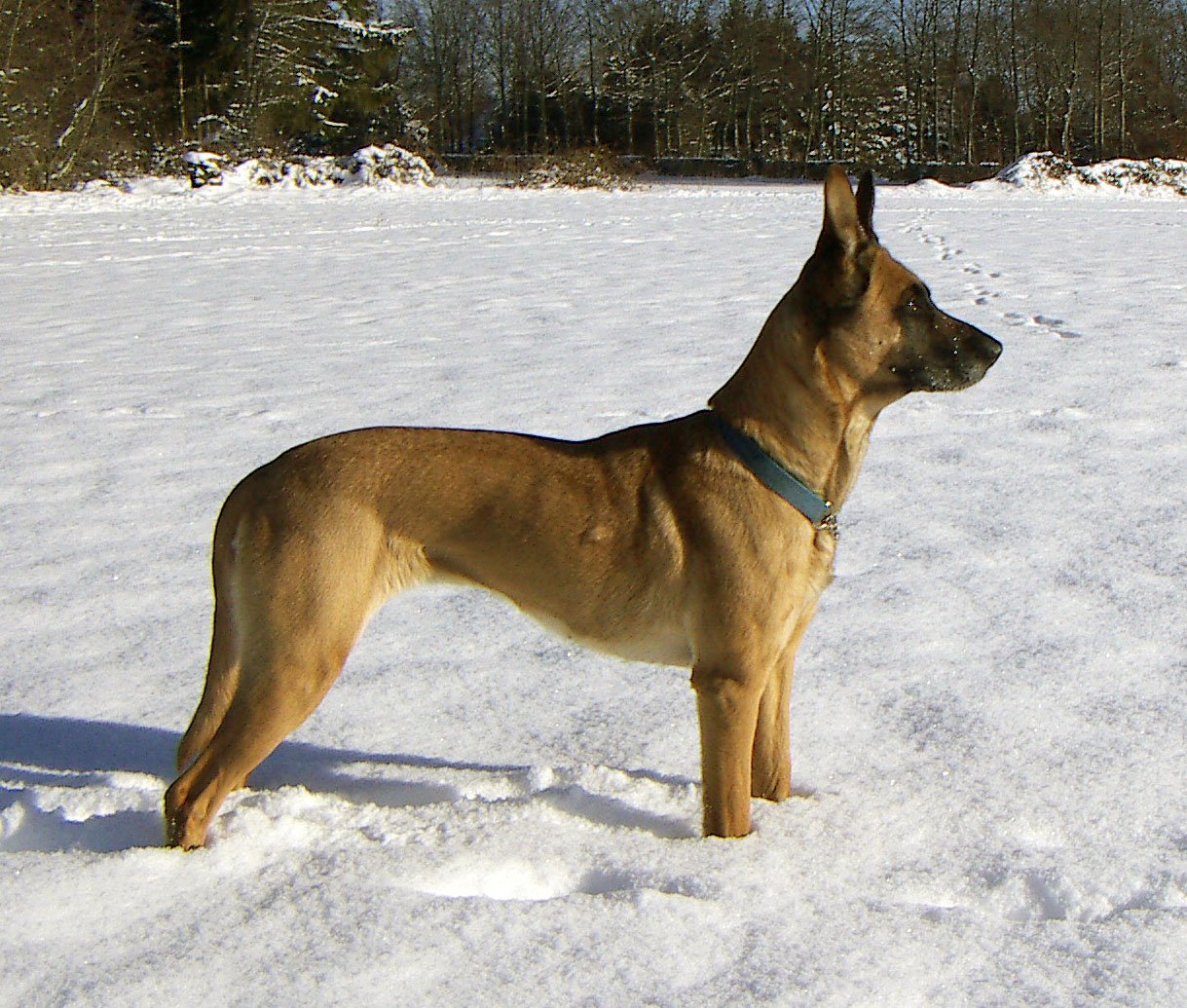
If you’ve ever seen a police or military dog in action, chances are it was a Belgian Malinois. They’re athletic, sharp, and driven—and all that drive needs an outlet. Apartment life can feel like a cage to them, leading to destructive behaviors like chewing, digging, or even trying to escape.
Without regular, intense exercise and mental challenges, they develop anxiety and can be tough to handle. These dogs are happiest with a job and plenty of space. Their strong guarding instincts also mean they may bark at every hallway sound, which isn’t ideal for shared walls.
6. German Shepherd: Loyal, Large, and Strong-Willed

German Shepherds are loyal family protectors, but their size and strength can be a real issue in tight quarters. Many apartment owners underestimate how much space a Shepherd needs to move comfortably. Without enough room, you might see restlessness, pacing, and even joint issues from lack of exercise.
They’re also alert, reactive, and need lots of stimulation. If your Shepherd doesn’t get the activity they crave, they can become vocal or destructive—two things no apartment dweller wants. Ensuring their happiness means daily adventures and mental puzzles, which can be tough to provide in an urban setting.
7. Weimaraner: The Velcro Dog with a Need for Speed

Weimaraners are known for sticking close to their humans and loving outdoor adventures. In apartments, their need for constant company and exercise can quickly turn into separation anxiety. A bored Weimaraner is a master at mischief, from chewing shoes to rearranging furniture with their nose.
These dogs need room to sprint and opportunities to explore. If left alone too long, they might bark, whine, or develop destructive habits. For their well-being, Weimaraners do best with big yards and active owners—apartment life may leave both dog and owner frazzled.
8. Saint Bernard: The Gentle Giant Who Needs Room to Roam
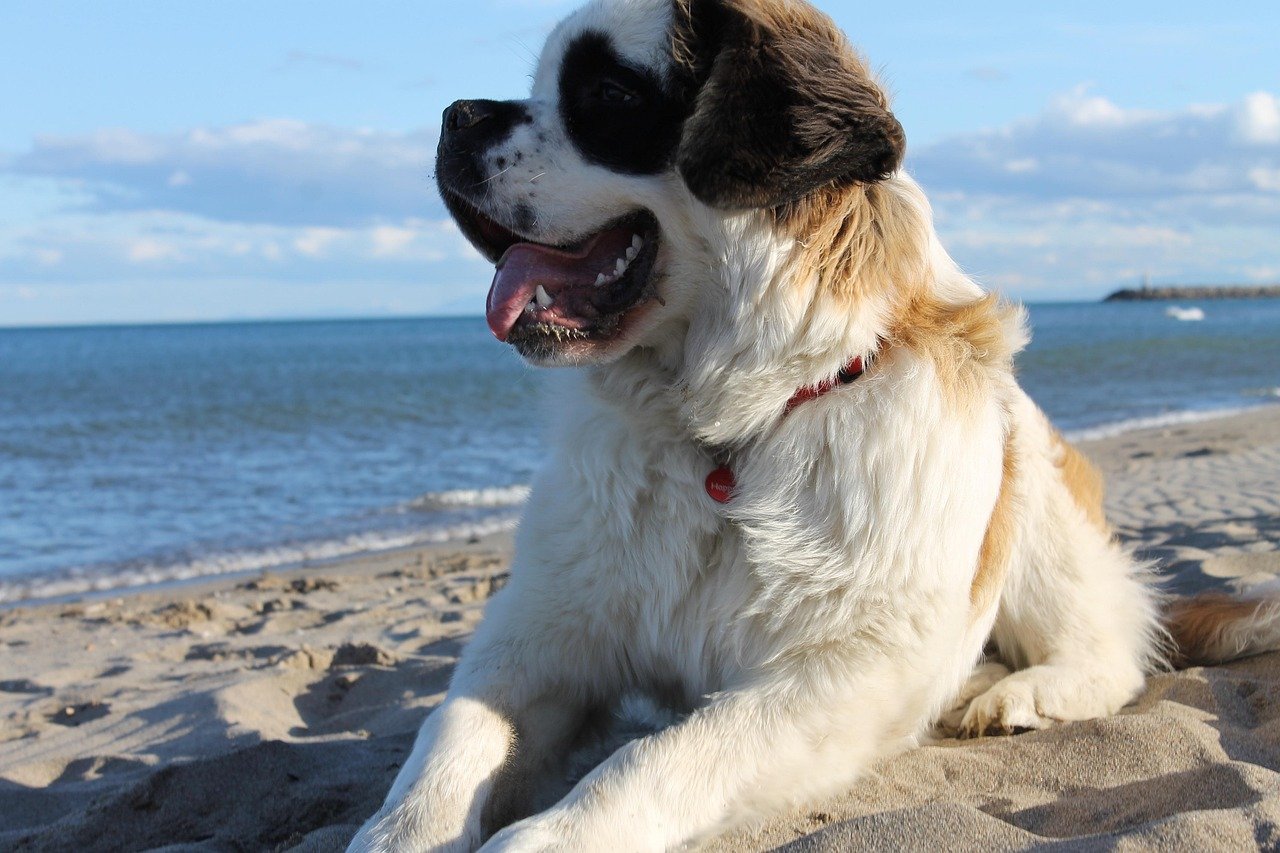
Saint Bernards are loving and gentle, but their sheer size makes apartment living a challenge. Imagine trying to fit a furry, 150-pound friend into a small elevator or narrow hallway! Cramped spaces can stress their joints and make daily movement awkward for both pet and owner.
Saint Bernards also drool and shed—a lot. In small spaces, that means more cleanup and less comfort. They’re happiest when they can stretch out, stay cool, and enjoy a calm environment. Without enough space, their health and happiness can quickly suffer.
Jen is a passionate nature lover and ocean conservationist. She has dedicated her life to protecting the environment and preserving the beauty of the natural world. Growing up in a small coastal town, Jen sincerely appreciated the ocean and its inhabitants. She has spent countless hours exploring the shoreline, learning about the creatures that inhabit the waters, and advocating for their protection. Jen is an active member of ocean conservation organizations, and she is committed to educating the public about the importance of conserving wildlife and the natural environment.






